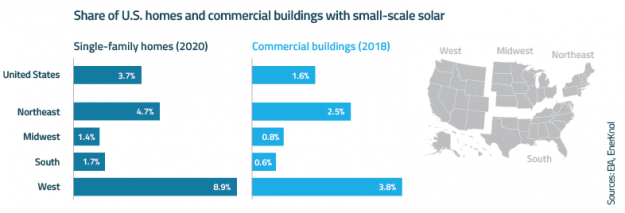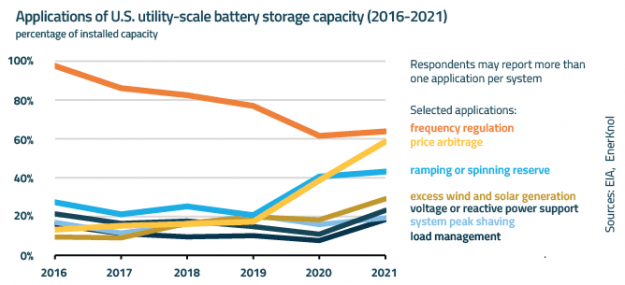Visual Primer: U.S. Energy Utilities Attune Resource Plans to Harness Inflation Reduction Act Incentives
Recent long-term resource plans of several electric utilities include accelerated timelines to develop renewables or retire coal-generation fleet, reflecting the impact of policy changes ensuing from 2022 Inflation Reduction Act (IRA). The IRA includes provisions to support the transition of the U.S. electricity generation fleet to cleaner energy sources and lower carbon emissions.











